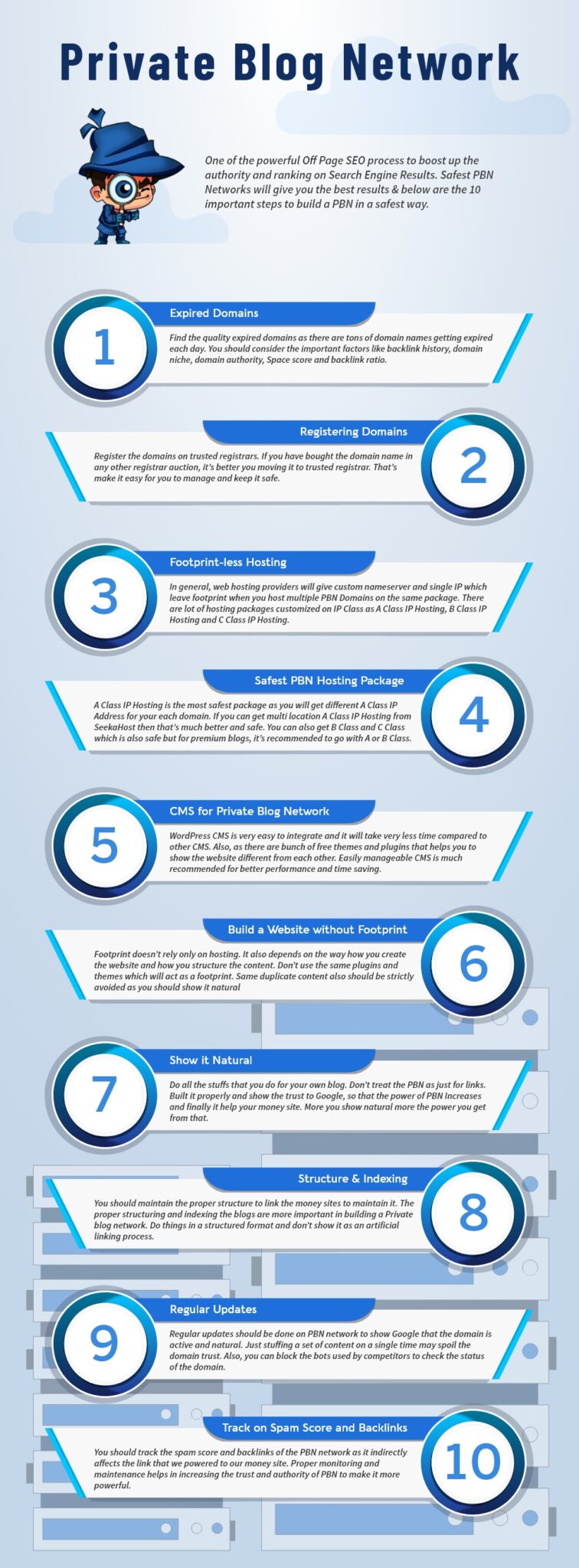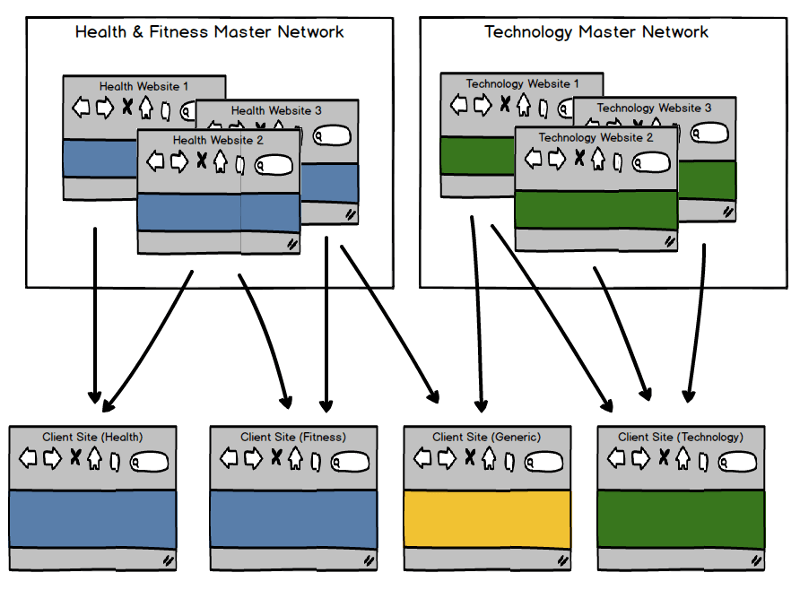All Categories
Featured
Table of Contents
- – What Is The Most Practical Semantic Seo Conten...
- – Which Is The Premier Semantic Content Optimiza...
- – What Is The Most Affordable Schema Markup For...
- – What Are The Leading Semantic Content Creatio...
- – What Is The Leading Semantic Seo Examples Ma...
- – What Is The Most Recommended Semantic Seo Vs...
- – Which Is The Most Trusted Semantic Search En...
The web is altering, coming to be an increasing number of semantic. Search engine optimization is likewise changing and ending up being more semantic. This is because internet search engine have developed and are relocating more and much more in the direction of reading content online. Obviously, that has additionally altered the way we develop content, specifically if we want to rank much better in the search engines.
, the leader of the Web, spoke of to represent the idea that all things in the universe are deeply interconnected. Intertwingularity is not usually recognized, individuals keep claiming they can make points deeply ordered, categorizable and sequential when they can't. Everything is deeply intertwingled. Based upon the relationships between search intents, the internet search engine prefers a material ready by calculating the distance between the vectors of definition.
It allows you to see, starting from a topic, all the entities that relate to that subject. In this manner you can plainly see which entities/concepts/ideas have actually already been covered on your website, and you can find brand-new chances by comprehending what material you can add and just how to develop it.
What Is The Most Practical Semantic Seo Content Strategies To Have
It has the ability to make your material reasonable for search engines on the one hand and for your target market on the various other. Structuring your material model highlights your material and its hidden relationships to ensure that search engines can recognize you amongst hundreds of items of info, making you extra noticeable to customers who satisfy the search intent associated to your business.
In semantic SEO copywriting, an editor begins with a more comprehensive series of topics and tailors the content to include semantically relevant terms and expressions that assist readers understand a subject, similar to reviewing content in a wiki. From a material composing point of view, one practical means to do this is to produce a vocabulary of terms and inquiries surrounding your target subject.
Which Is The Premier Semantic Content Optimization Service?
Discover more regarding by enjoying the by!.

Semantic search describes the procedure of how online search engine understand and match key phrases to a searcher's intent in organic search results page. Before semantic search, internet search engine like Google operated like matchmakersaligning details words in your query with those specific words on pages. The outcomes were straightforward but often did not have deepness.
What Is The Most Affordable Schema Markup For Semantic Seo Deal
It enables Google to provide quick, exact answers to look queries regarding real-world subjects. When you kind a query word right into Google, you're not just going into a series of words.
When you look for "Apple," Google doesn't just see a word that describes a fruit. It identifies Apple as a firm and can offer associated details. Like the name of its CEO, Tim Chef, or its latest stock prices. Google introduced the Hummingbird upgrade in 2013. It was Google's response to the increase of voice searches, where queries ended up being much more conversational and nuanced.
What Are The Leading Semantic Content Creation Brands To Buy
By integrating NLP, Hummingbird enabled Google to relocate past simple keyword matching. It assisted the search engine comprehend search intent, enhancing the odds that results would properly match the factor behind a user's search.
Making it extra effective at managing never-before-seen search queries. RankBrain thinks about even more than simply key words when assessing a search query.
It fetches results that match the keywords and align with the total intent of giving young puppy training guidance. And if the user frequently looks for dog-related material, Google might focus on extra thorough training guidesrecognizing the customer's recurring rate of interest in the subject. Incorporating technologies like the Understanding Graph, Hummingbird, and RankBrain, semantic search assists the Google algorithm analyze and link information across a large internet of info.
What Is The Leading Semantic Seo Examples Manufacturer
The focus shifts from keyword option to an alternative method including customer intent, topical importance, and total user experience. Producing web content that resolves the searcher's demands with detailed info can improve your SERP positions. Listed below, we lay out the trends and practices that consolidate the demand for semantically informed material. Later, we provide actionable tips to transform these insights right into ideal methods.
And type of content can best satisfy their needs. A broader approach to material aligns better with semantic search's shift far from precise keyword phrase matching and towards customer intent. Which explains the enhanced focus on topic clusters, instead of specific key phrases. Web content that covers search questions much more completely not only pleases users.
UX aims to produce an aesthetically appealing, user-friendly interface with engaging, high quality web content that encourages site visitors to remain. Semantic search modern technology enables search engines to intend for outcomes that give the ideal feasible UX.
What Is The Most Recommended Semantic Seo Vs Traditional Seo Service For The Money

All showcase Google's ability to resolve a topic question comprehensively. By comprehending the context and intent behind user inquiries, internet search engine can deliver more relevant information and potentially increase individual engagement. Customization in search results page makes for better UX.Based on your past search history and preferences as a user, semantic search aids browse engines customize the results to suit your distinct needs and rate of interests.
It fetches outcomes that match the key phrases and straighten with the overall intent of providing pup training advice. And if the user often searches for dog-related material, Google might focus on more detailed training guidesrecognizing the user's continuous interest in the subject. Combining innovations like the Understanding Graph, Hummingbird, and RankBrain, semantic search assists the Google algorithm translate and connect information across a vast web of information.
Which Is The Most Trusted Semantic Search Engine Optimization Provider
The focus changes from keyword selection to an all natural approach incorporating customer intent, topical importance, and general user experience. Creating material that attends to the searcher's requirements with extensive information can boost your SERP rankings. Listed below, we outline the fads and practices that settle the demand for semantically informed material. Later, we give workable pointers to transform these insights right into finest practices.

And sort of web content can best satisfy their requirements. A wider approach to content aligns much better with semantic search's change away from exact key words matching and towards customer intent. Which discusses the increased concentrate on topic collections, as opposed to individual key words. Material that covers search inquiries better not just pleases individuals.
And five times greater than sites that take 10 secs to lots. While technological search engine optimization ensures optimum website performance and ease of access, focusing on customer experience (UX) takes it a step even more. UX aims to produce a visually attractive, straightforward user interface with engaging, top quality web content that encourages visitors to remain. Semantic search innovation allows internet search engine to aim for outcomes that give the very best feasible UX.
All showcase Google's capacity to address a subject question comprehensively. By comprehending the context and intent behind individual questions, online search engine can supply a lot more appropriate information and possibly boost customer interaction. Personalization in search results produces far better UX.Based on your previous search background and preferences as a customer, semantic search helps internet search engine tailor the results to suit your special needs and rate of interests.
Table of Contents
- – What Is The Most Practical Semantic Seo Conten...
- – Which Is The Premier Semantic Content Optimiza...
- – What Is The Most Affordable Schema Markup For...
- – What Are The Leading Semantic Content Creatio...
- – What Is The Leading Semantic Seo Examples Ma...
- – What Is The Most Recommended Semantic Seo Vs...
- – Which Is The Most Trusted Semantic Search En...
Latest Posts
Top-Rated Optimizing For Semantic Search To Buy
The Leading Semantic Seo Platform?
What Is The Most Suitable Semantic Seo Audits?
More
Latest Posts
Top-Rated Optimizing For Semantic Search To Buy
The Leading Semantic Seo Platform?
What Is The Most Suitable Semantic Seo Audits?